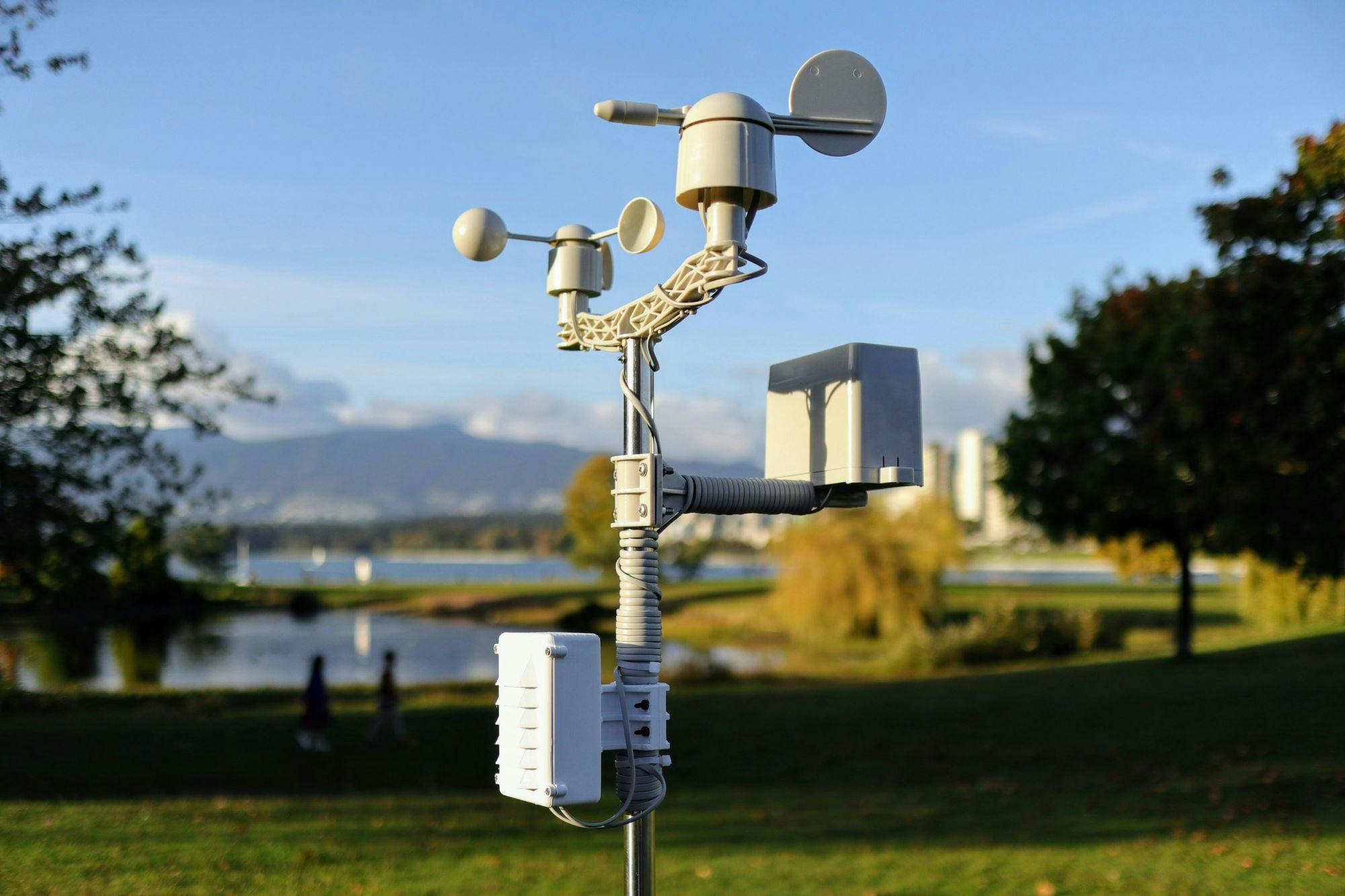Introduction:
In the realm of modern technology, sensors stand as silent observers, capturing and interpreting the world around us. These miniature marvels, often overlooked, play a pivotal role in our daily lives, contributing to everything from the smartphones in our pockets to the complex systems driving industries. This article explores the fascinating world of sensors, examining their types, applications, and the transformative impact they have on various aspects of our interconnected world.
Understanding Sensors:
At their essence, sensors are devices that convert physical, chemical, or biological signals into electrical signals. These electrical signals can then be interpreted, processed, and used to provide valuable information about the environment or the object being monitored. Sensors come in various types, each tailored to capture specific types of data.
Types of Sensors:
- Temperature Sensors:
- Thermocouples, thermistors, and infrared sensors are examples of temperature sensors. They measure the thermal energy of an object and are commonly used in weather stations, industrial processes, and consumer electronics.
- Proximity Sensors:
- Proximity sensors detect the presence or absence of an object within a certain range. They are prevalent in smartphones for touchless screen interactions, as well as in robotics and automation for object detection.
- Pressure Sensors:
- Barometers and piezoelectric sensors measure changes in pressure. Applications range from weather forecasting to monitoring blood pressure in medical devices.
- Motion Sensors:
- Accelerometers and gyroscopes detect changes in motion or orientation. They are integral to devices like smartphones for screen rotation and gaming controllers for detecting movement.
- Light Sensors:
- Photodiodes and phototransistors are examples of light sensors that measure ambient light levels. These sensors are crucial in cameras, automatic lighting systems, and display brightness adjustment.
- Biometric Sensors:
- Fingerprint scanners, iris scanners, and facial recognition systems fall under the category of biometric sensors. They capture unique biological features for security and identification purposes.
- Gas Sensors:
- Gas sensors, such as those for carbon monoxide or methane, are essential for monitoring air quality and ensuring safety in various environments, from homes to industrial facilities.
Applications of Sensors:
- Automotive Industry:
- Sensors in vehicles monitor various parameters, including engine temperature, tire pressure, and proximity for parking assistance. Advanced driver-assistance systems (ADAS) use sensors for collision avoidance and autonomous driving features.
- Healthcare:
- Medical sensors play a crucial role in patient monitoring, diagnostics, and treatment. Devices like heart rate monitors, glucose sensors, and imaging equipment rely on sensors to provide accurate data for healthcare professionals.
- Smart Homes:
- Sensors are integral to the concept of smart homes, enabling automation and enhanced energy efficiency. Motion sensors, temperature sensors, and door/window sensors contribute to security and energy management systems.
- Industrial Automation:
- In industrial settings, sensors are employed for process control, equipment monitoring, and predictive maintenance. They help optimize manufacturing processes, reduce downtime, and ensure safety.
- Environmental Monitoring:
- Sensors are used to monitor environmental conditions such as air quality, temperature, and humidity. This data is crucial for climate studies, pollution control, and disaster prevention.
Challenges and Future Trends:
While sensors have revolutionized various industries, challenges such as power consumption, data security, and interoperability remain areas of focus. Additionally, emerging trends include the integration of sensors with the Internet of Things (IoT), enabling a more interconnected and data-driven world.
Conclusion:
Sensors are the unsung heroes of the technological landscape, quietly gathering data that fuels innovation and enhances our daily experiences. As technology continues to advance, the role of sensors will only become more pronounced, shaping the future of smart cities, healthcare, transportation, and beyond. In unveiling the invisible world of data, sensors open doors to possibilities that were once unimaginable, ushering in an era of greater efficiency, connectivity, and understanding.
